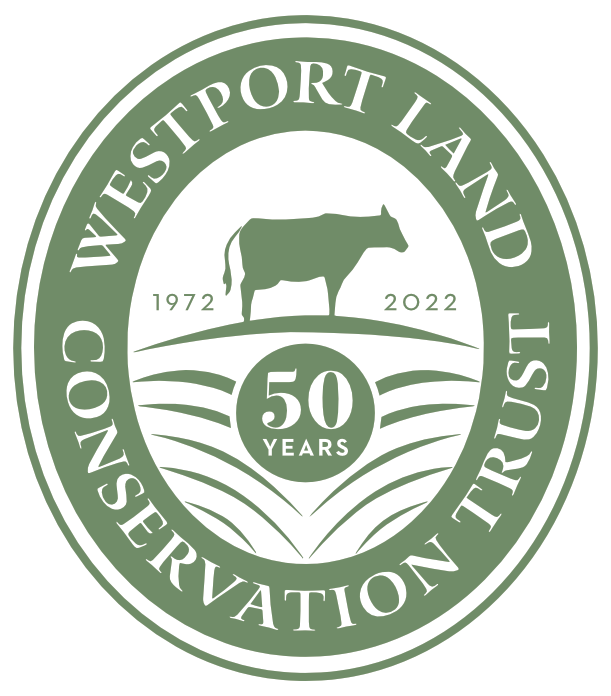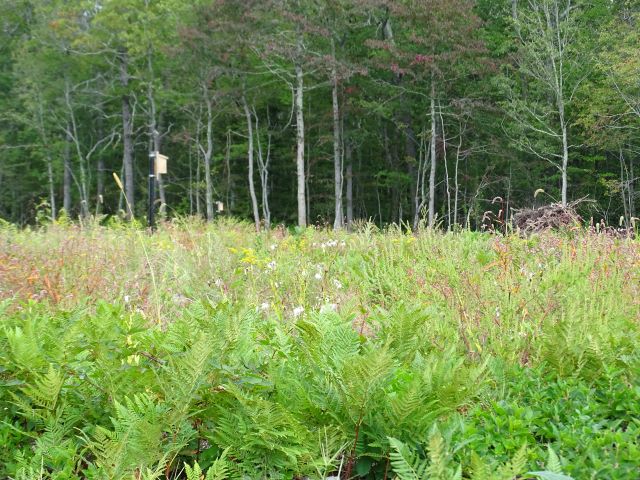The growing season has really taken off this past week, with warm nights and days of rain and sun. The verdant plants bring a smile to everyone’s face, smoothing New England’s crusty outlook.
Everything about New England is seemingly difficult, and many attribute that to the ever-changing seasons. You see it on the granite faces of the White Mountains, the rocky shores of the Maine Coast, and the windswept dunes of Cape Cod. It shows on the face of fishermen and in the crow’s feed of any real New Englander. Spring has softened our hard landscape with a blanket of lush green, but don’t be fooled. Lying underneath our feet in Westport are mostly sandy, acidic soils where plants must adapt to survive.
In the past, beautiful grasslands and wildflower meadows would randomly emerge from the harsh New England landscape through disruptive forest fires or hurricanes and Nor’easters. The addition of sunlight and the decaying charred or toppled trees would start the process of supercharging the soil with organic matter, creating a soil bed that would allow grasses and wildflowers to take hold. These area became essential habitats for small animals, migratory birds, and amphibians. The forest, too, would slowly regenerate, and a new generation of genetic diversity would be introduced.
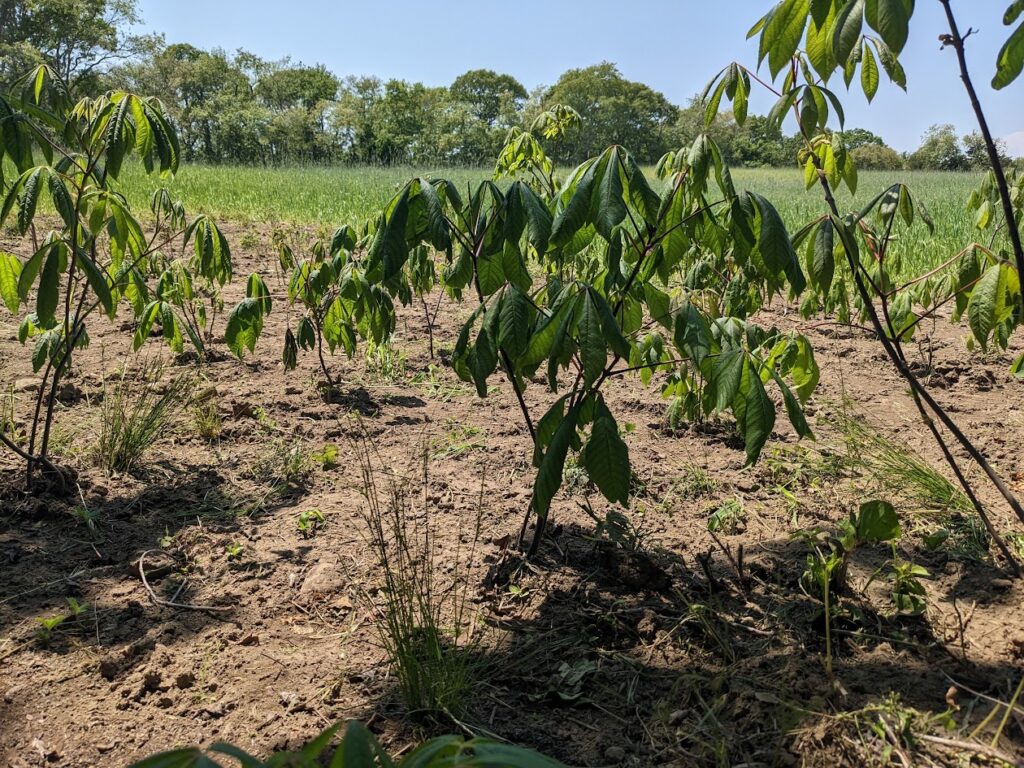
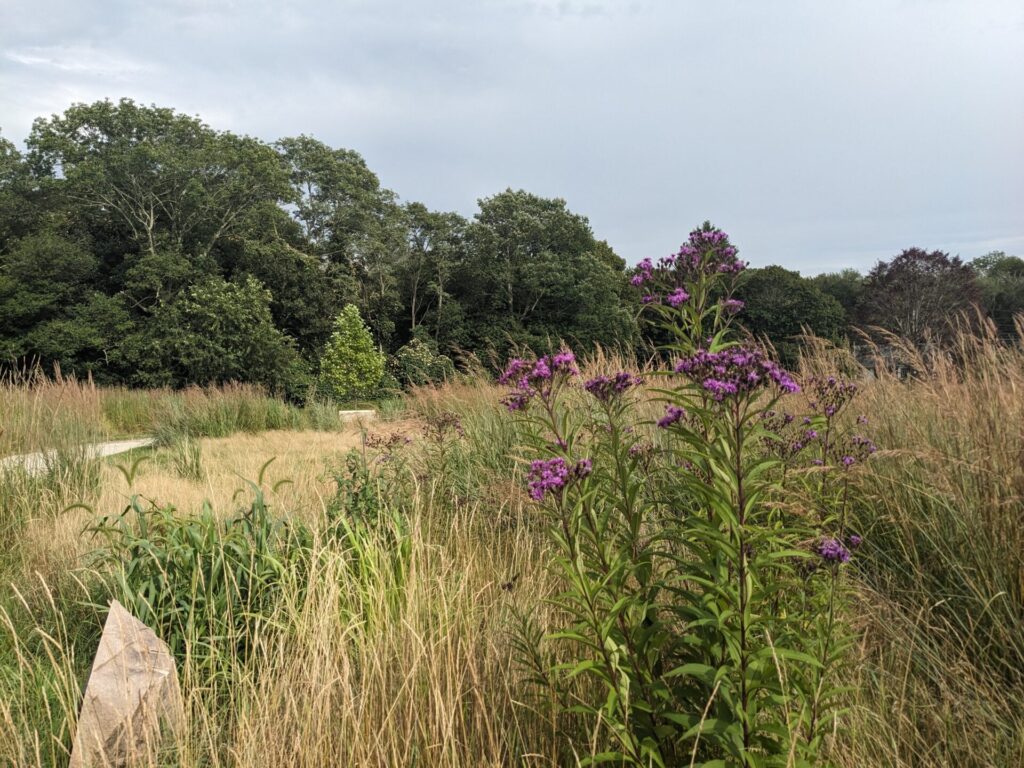
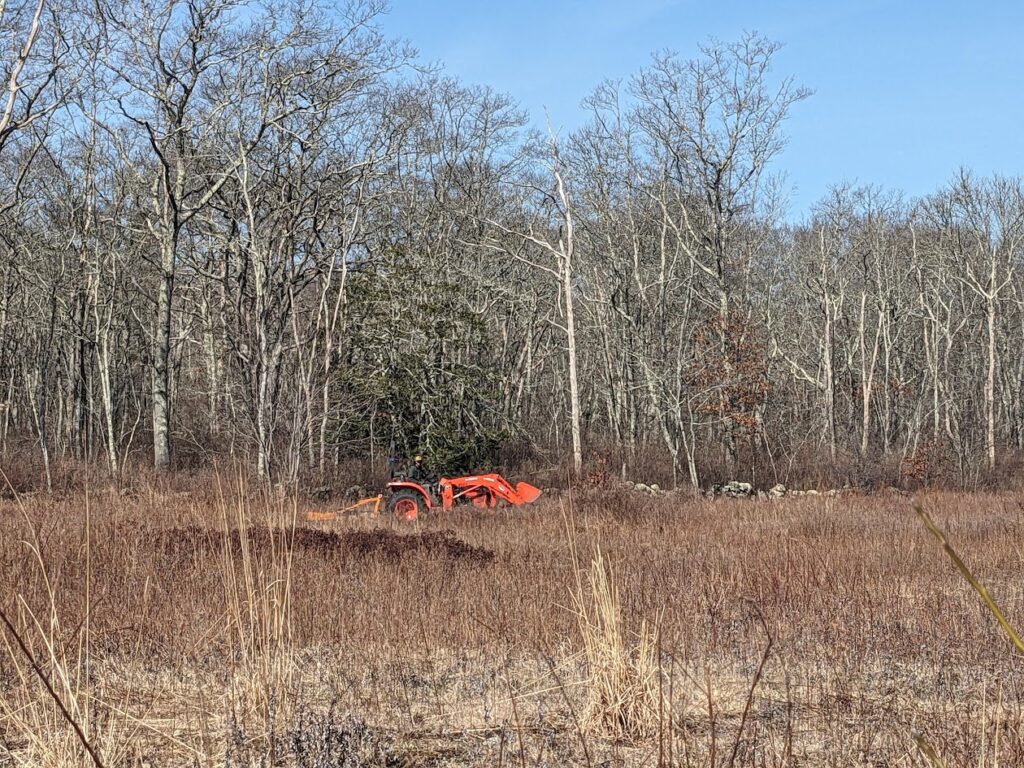
The diversity of plant and animal life that grasslands provide is a necessary component of regeneration. Unfortunately, modern human lifestyles allow for less and less of those eons-old processes to occur on their own. To replicate those natural forces, WLCT creates, maintains and manages grassland meadows. Herb Hadfield Conservation Area, Westport Woods Conservation Park, and now Dunham’s Brook Conservation Area are all being managed as grassland meadows in various stages. Herb Hadfield is our oldest meadow and perhaps the most complex of the three. We have developed and implemented various management strategies over the years, tracking the successes and failures. In the process, we have identified key questions to consider, when determining a successful approach to meadow management:
- What was the recent history of land use?
- Determine if the area was timbered in the recent past, or a successional forest, shrubland, used for agriculture, etc.
- Understanding past usage helps determine proper meadow soil preparation, seeding, and plant palette.
- What is the surrounding habitat?
- How might a meadow compliment the habitats that surround it?
- Understanding how the meadow will add to wildlife habitat or natural resources conservation is crucial to the long-term sustainability of the surrounding ecosystem.
- The meadow at Dunham’s Brook, which had been a corn field for generations, was designed to encourage shrubs and woody perennials along the wet, woodland edges, providing habitat for many types of small mammals and birds and their food chains.
- What is the current plant palette? Here we take a reading of existing native plants we want to encourage.
- We recently re-evaluated the meadow at Herb Hadfield to better understand what plants are “happy” in each location of the meadow, and how they can create habitat or contribute to the broader system.
- This analysis inspired a new dynamic approach to mowing, or rather not mowing: leaving specific low-growing woody species in tack, so that they can be allowed to live their whole life cycle each year and thus support the pollen cycle within the meadow.
- Small trees are left to grow on the edges create resting places and habitat for birds through all seasons. These trees create shade and cover on the ground for small mammals and amphibians to safely travel through the underbrush.
These are just some of the pieces we consider in managing the Westport Land Conservation Trust meadows. Join staff member Nate McCullin and learn more about meadows at this month’s Trail Explorers walk at Herb Hadfield on June 28th at 10 am.

